mountainking
Experienced Member
I stumbled upon this manual on ebay, it only had a pic of the cover and it didn't really have any info about what it was, but it did say "microprocessor kit 1975" so I decided to grab it. I wasn't able to find out much about the kit, it looks like International Electronics Unlimited sold the kit but accept for some ads in Byte by that company I could find anything. The postage stamp says "Feb 20 75" which is pretty darn early for a micro kit and the manual is super "lofi" so I would really like to find out more about the kit. Notice that the manual using the term CROM, I've never seen that written any place else, though I suppose with this being so early in the microprocessor game that there were terms that hadn't yet been written in stone.
Anyone have any info or thoughts?
Anyone have any info or thoughts?
Attachments
-
 20230913_212754.jpg3.3 MB · Views: 21
20230913_212754.jpg3.3 MB · Views: 21 -
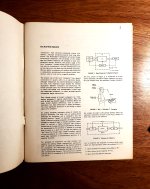 20230913_212815.jpg2.5 MB · Views: 19
20230913_212815.jpg2.5 MB · Views: 19 -
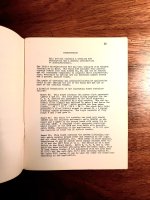 20230913_212846.jpg3.4 MB · Views: 21
20230913_212846.jpg3.4 MB · Views: 21 -
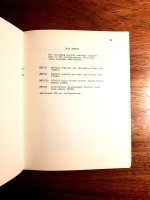 20230913_213010.jpg2.3 MB · Views: 21
20230913_213010.jpg2.3 MB · Views: 21 -
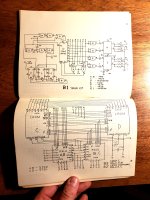 20230913_213057.jpg2.9 MB · Views: 22
20230913_213057.jpg2.9 MB · Views: 22 -
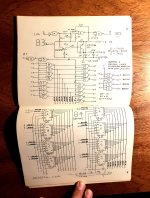 20230913_213122.jpg3.1 MB · Views: 19
20230913_213122.jpg3.1 MB · Views: 19 -
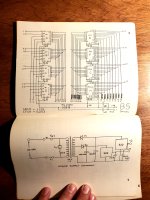 20230913_213136.jpg2.7 MB · Views: 19
20230913_213136.jpg2.7 MB · Views: 19 -
 20230913_212803.jpg3.5 MB · Views: 18
20230913_212803.jpg3.5 MB · Views: 18 -
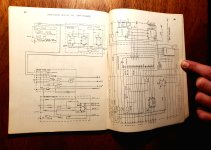 20230913_213205.jpg2.6 MB · Views: 20
20230913_213205.jpg2.6 MB · Views: 20
